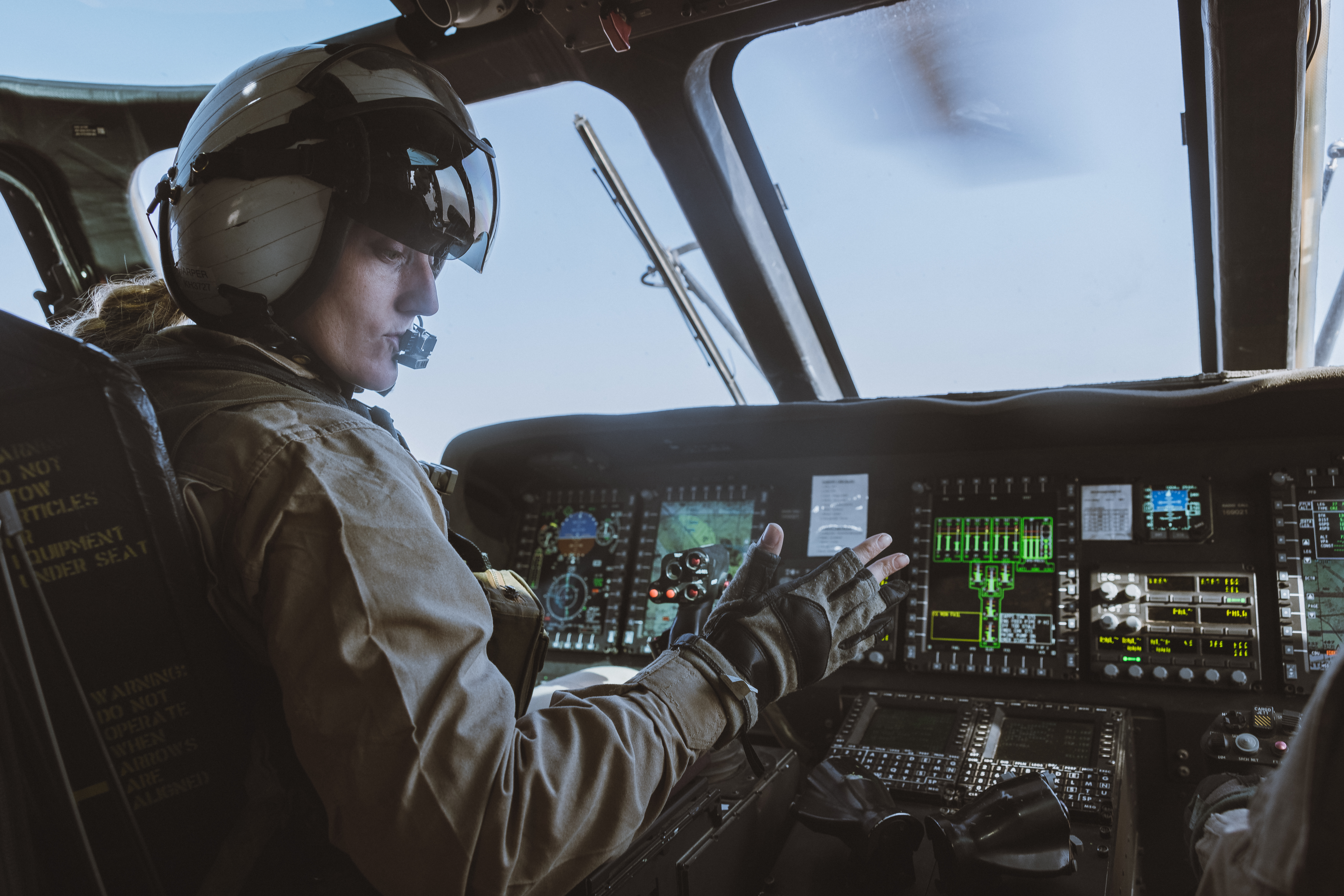By Robbin Laird
The U.S. Navy and USMC are working closely together in shaping their approach to distributed operations. The Navy refers to distributed maritime operations; the Marines to expeditionary basing operations. Working closely together they are focused on weaving these approaches together to shape a more lethal and survivable approach.
What can be missed in this strategic shift is the challenge posed for logistics and support of such a concept of operations. For the Marines, part of the challenge is to ensure that the force deployed on their expeditionary or amphibious fleet is fully operational with high state of readiness and sustainability.
Part of the answer of how to do this can be found in what effective digital maintenance can deliver.
The Marines latest air system to go onboard the expeditionary or amphibious fleet is the CH-53K. This new air asset is coming to the force after more than a decade of Marine Corps experience with digital maintenance experience in such systems as the F-35. In other words, the CH-53K is coming to the fleet as the military and commercial aircraft users have more than a decade now of experiencing the benefits, opportunities and challenges of working with digital systems and predictive maintenance. The CH-53K will bring its own capabilities to this change to maintainability.
And connecting such capabilities to the needs of a distributed force is a key part shaping a way ahead for the Marine Corps. If one has more accurate data and predictive performance data then the ability to anticipate what parts need to be where can help to ensure the highest readiness rates possible for the CH-53K.
Recently, I talked with Pierre Garant, a former Marine with many years of logistics and sustainment experience who now works at Sikorsky on the CH-53 program, about the CH-53K and digital maintenance.
What we initially focused on was that having a maintenance system based on digital systems generated data which allows you to do fleet management.
As he noted: “With the S-92, Sikorsky manages a fleet with close interaction with its customers. We manage aircraft tail numbers with serial numbered items and predict the behavior of the component airframes and then can anticipate the need at the node wherever that is in the world. This works if the company and the customer shape a common culture able to leverage the data; and this is crucial as well with the military customer.”
The DoD customer now has more than a decade of experience with digital maintenance systems but has to continue its journey to fully work with industry to replicate what commercial customers have experienced in terms of the increased availability of aircraft by leveraging digital maintenance systems.
As Garant noted: “It is as much about process as about technology. It is about sharing data in a collaborative workspace to achieve the common objective to have higher readiness rates at less cost. We have focused on having collaborative data sharing in our analytics workspace in order to position the CH-53K for progress in this area.”
We then turned to the question of how this capability intersects with what the regional combatant commander needs and wants.
As Garant noted: “With the S-92 center at Sikorsky has managed data that is regionally specific. We can do the same for the CH-53K. We can build a data base that provides predictive maintenance data for the various regions that the Marines will operate the aircraft.
“Regional combatant commanders want more certainty with which systems will be available for which operations and in what time frame. The purpose of having a much more effective predictive maintenance regime is not an in itself activity; it is directly tied to the need of the combatant commanders.”
Featured Photo: U.S. Marine Corps Capt. Kricket Harper, CH-53K King Stallion pilot, Marine Heavy Helicopter Squadron (HMH) 461, Marine Aircraft Group 29, 2nd Marine Aircraft Wing, operates a CH-53K King Stallion over the Chocolate Mountain Aerial Gunnery Range, California, during a training exercise, April 13, 2023. The purpose of this training was to give junior pilots opportunities to fly in a new environment and build cohesion with their crew. (U.S. Marine Corps photo by Lance Cpl. Gideon M. Schippers)
For my recent book focused on the coming of the CH-53K, see the following:


